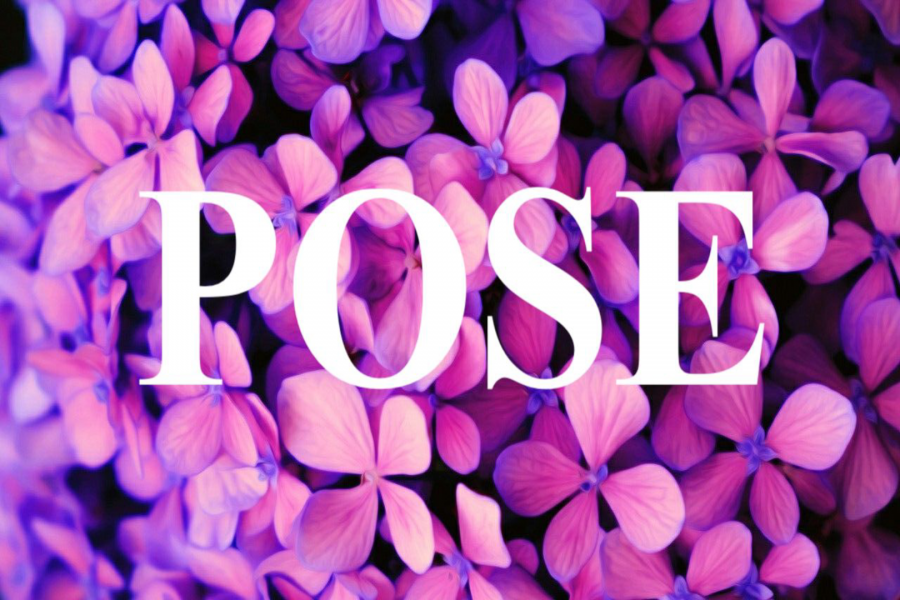As I sunk into the sofa of my family room with the lights dimmed, a glass of cheep Pinot Grigio in my hand and the television remote in the other, and browsing through the endless channels my TV subscription offered.
After 20 minutes of scrolling down the television guide and my eyelids became heavy. I finally stopped at the FX network to watch old episodes of Parks and Recreations. As I selected the channel, the program immediately went to commercial… and that’s when I saw the official trailer for POSE.
For those who do not know, POSE is a television series on FX that sets in the 1980’s ballroom scene of Harlem, New York. It was a time that was both impactful and traumatic for members of the queer community.
It was the rise of the aids epidemic; innocent lives were being lost by a sickness that our government and administration deemed as irrelevant. As a response, the queer community fought back. Not only was it a time of suffering, it was also a time of liberation for the ostracized.
The ballroom scene was a place for the ostracized. These balls were an underground subculture that catered to POC queer members in which people “walk” in various categories for trophies, prizes, and inevitably stature.
In these categories they could be the things that our conservative society wouldn’t allow. Categories like “Executive realness”, Queer men and womEn would strut down the ballroom floor wearing their best garment and exuded the confidence that an actual executive would.
As the one-minute trailer of the program finished, I immediately embedded the airdate into my head. I was mentally prepared.
I followed the early details of the show before its release. When news broke that the producer, director and writer Ryan Murphy, was to release a show that displayed and told the stories of the ballroom scene. I was ecstatic. When I later learned that the show would have the largest cast of transgendered actors and actresses, I was floored.
The trans community was and still is the heart of the ballroom scene. What individuals and even members of the queer community fail to recognize is that trans women of color were the ones who fought and paved our way to be accepted by our conservative society. To see that a television series on a mainstream network was to tell these stories, and have an accurate representation of actors portraying these characters was huge.
As a biracial gay man of color, I was happy to finally see a perspective of the queer community that I could relate to. The only perspectives of queer members that were told were from gay white males. In most cases the actor portraying the character was heterosexual. Needless to say there hasn’t been a wide range of representation in cinema or television. At 21, I was tired of watching the Simons, the Elio’s, and the Alex Truelove’s. I was tired of seeing a queer perspective in films that only represented a small fraction of the queer community. It is possible to display an accurate representation in film and television, Pose made sure of that.



